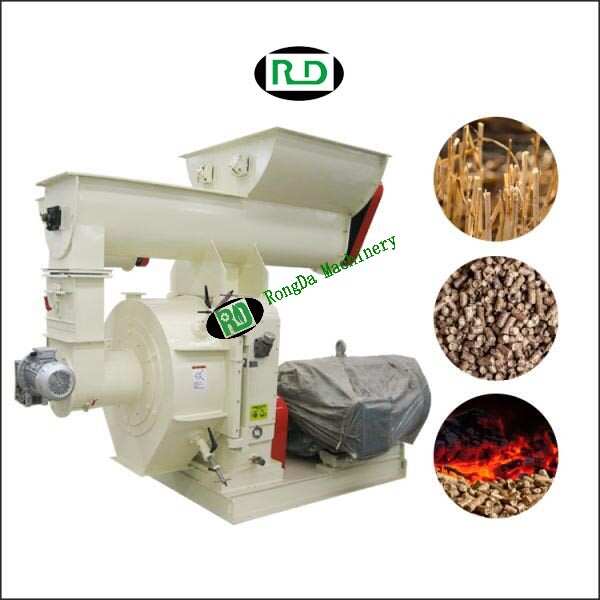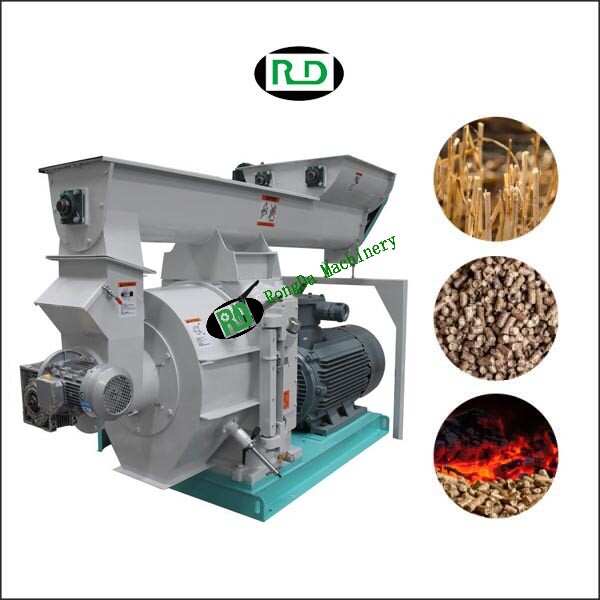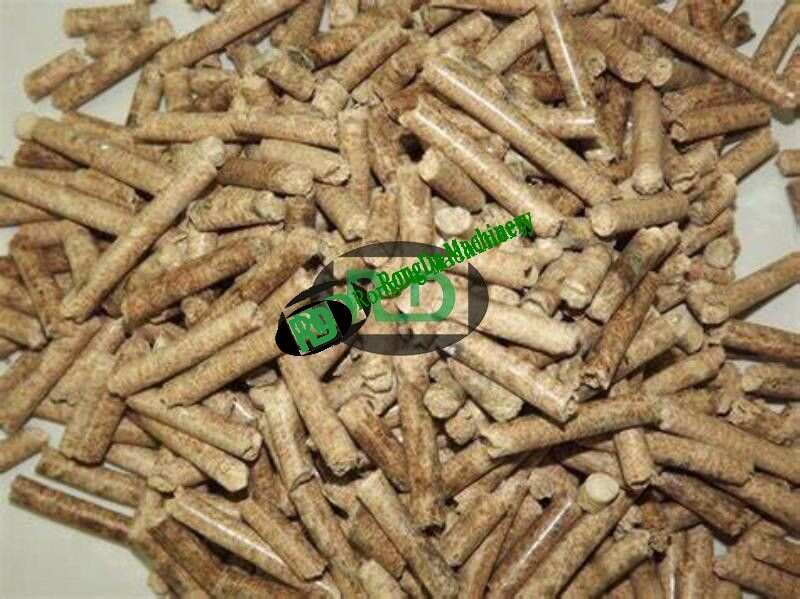Welcome to Rongda Machinery Co., Ltd
Toggle Navigation
As the global focus shifts towards sustainable energy sources, wood pellet mills have emerged as a game-changer in the renewable energy industry. These specialized machines transform raw wood materials into dense, efficient pellets, offering an eco-friendly alternative for heating, cooking, and even electricity generation. This article takes a deep dive into the inner workings of wood pellet mills, the benefits of producing your own pellets, the business potential in pellet production, and how these mills function.

A wood pellet mill is a high-efficiency machine designed to compress organic material, primarily wood, into small cylindrical pellets. The process starts with raw materials such as sawdust, wood shavings, and other wood residues. These materials are dried, finely ground, and then fed into the pellet mill. The core components of the mill—its die and rollers—apply immense pressure to form uniform, high-density pellets.
Typically, wood pellets are around 6-8 millimeters in diameter, making them convenient for handling and storage. Once produced, these pellets can be used for various applications, including residential heating, industrial boilers, and even in power plants. The compact nature and high energy density of wood pellets make them a compelling alternative to traditional fossil fuels.

Producing your own wood pellets can be a practical and rewarding decision, depending on your specific circumstances. Here are some key factors to consider when determining whether it's worth producing pellets on your own:
1. Cost Savings
If you have access to affordable raw materials, making your own pellets could result in significant cost savings. Commercially produced pellets can be expensive due to factors like transportation costs and market demand. By producing your own, you can significantly lower your heating or energy expenses.
2. Access to Raw Materials
To make pellets efficiently, you'll need a reliable and cost-effective supply of raw materials. If you have access to biomass resources such as wood chips, sawdust, or branches, producing your own pellets can be economically viable. However, if these materials are expensive or hard to come by in your region, buying commercially produced pellets might be the better option.
3. Time and Effort
Pellet production is not an instantaneous process. It requires time, effort, and specialized equipment. The raw materials must be dried, ground, and processed into pellets, and all of these steps require a degree of involvement. If you enjoy hands-on projects and have time to spare, this could be a satisfying activity. However, if you’re pressed for time, you may prefer to buy pre-made pellets for convenience.
Wood pellet production can also be a lucrative business, but several factors must be considered before diving in:
1. Market Demand
The demand for wood pellets continues to rise, particularly in regions where renewable energy solutions are in high demand. As more people seek cleaner, more sustainable heating options, wood pellets are becoming an increasingly popular choice. Research your local market to assess the demand and determine if there is room for new suppliers.
2. Initial Investment Costs
Starting a pellet production business requires a significant upfront investment in equipment, including the pellet mill itself, grinders, and drying systems. Additionally, operational costs such as electricity, maintenance, and labor must be factored in. A thorough analysis of these expenses compared to potential revenues will help you determine whether the business is financially viable.
3. Scalability
One of the key advantages of the wood pellet industry is its scalability. You can begin with a small operation producing pellets for personal use, and as demand grows, expand your production capacity. This flexibility allows you to scale up gradually, minimizing risk while tapping into a growing market for renewable energy solutions.
4. Competition
The wood pellet market can be highly competitive, especially in areas where established producers already dominate. To succeed, you'll need to differentiate your product, whether through pricing, quality, or the sustainability of your sourcing. Building a strong brand and fostering customer loyalty will be essential to maintaining profitability in the long term.

At the heart of pellet production is the pellet mill, which transforms raw biomass into uniform, compact pellets. The process involves several key steps:
1. Grinding
The raw materials need to be ground into small particles before they can be processed into pellets. This is typically done with a grinder or hammer mill. The smaller the particle size, the better the quality of the final pellets.
2. Drying
The moisture content of the raw materials plays a crucial role in pelletizing. Ideally, the moisture should be around 10-15%. If the material is too wet, it will not pelletize properly, leading to poor-quality pellets. A drying system ensures that the material reaches the right moisture level for effective pellet formation.
3. Pelletizing
Once the material is ground and dried, it is fed into the pellet mill. Inside the mill, the die and rollers apply immense pressure to compress the biomass into pellets. The heat generated during the process binds the particles together, creating sturdy, dense pellets that are easy to store and transport.
4. Cooling and Packaging
After pelletizing, the pellets are still soft and hot. They need to be cooled to harden and prevent clumping. Once cooled, the pellets are packaged for distribution or personal use.
Wood pellet mills offer an exciting opportunity to engage in sustainable energy production, whether you are aiming to reduce your heating costs, support environmental sustainability, or venture into a new business opportunity. By understanding the pellet-making process, the costs involved, and the growing demand for renewable energy, you can make a well-informed decision about whether to produce wood pellets for personal or commercial use.
As the demand for eco-friendly energy solutions continues to increase, starting a pellet production venture can be a rewarding and financially viable undertaking. Whether you're looking to cut down on energy expenses or build a successful business, wood pellet mills provide a pathway to a more sustainable and profitable future.